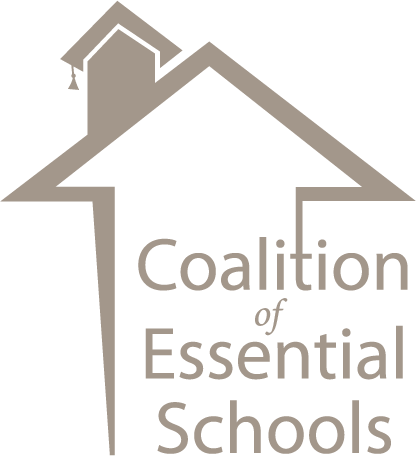Developed in 1988 by Steve Seidel and his colleagues at Harvard University’s Project Zero, the Collaborative Assessment Conference asks teachers to look together at pieces of student work and discuss, quite literally, what they see in the work. Through observing and describing the work, participants practice “looking more and seeing more” of what is in the work. The protocol is based on the notion that students are often working on problems or exploring interests that extend beyond the parameters of the assignment. To see the student’s work fully, a teacher may have to look beyond those parameters and, with the help of colleagues less familiar with the child and the assignment, mine the piece for new insights.
Initially intended for use in middle and high schools, the Collaborative Assessment Conference is often used in elementary schools as well. Conferences can focus on all types of student work, though they tend to work best with open-ended assignments (as opposed to worksheets). The process takes anywhere from 45 minutes to an hour and a quarter, using these steps:
1. Getting started. The group chooses a facilitator to keep it focused. Then the presenting teacher gives out copies of the selected work or displays it so all can see it. At this point she says nothing about the work, its context, or the student. The participants read or observe the work in silence, making notes if they like.
2. Describing the work. The facilitator asks, “What do you see?” Participants respond without making judgments about the quality of the work or their personal preferences. If judgments emerge, the facilitator asks the speaker to describe the evidence on which the judgment is based.
3. Raising questions. The facilitator asks, “What questions does this work raise for you?” Group members ask any questions about the work, the child, the assignment, the circumstances of the work, and so forth that have come up for them during the previous steps of the conference. The presenting teacher makes notes, but does not yet respond.
4. Speculating about what the student is working on. The facilitator asks, “What do you think the child is working on?” Based on their reading or observation of the work, participants offer their ideas.
5. Hearing from the presenting teacher. At the facilitator’s invitation, the presenting teacher provides her perspective on the work and what she sees in it, responding to the questions raised and adding any other relevant information. She also comments on any unexpected things that she heard in the group’s responses and questions.
6. Discussing implications for teaching and learning. The group and the presenting teacher together discuss their thoughts about their own teaching, children’s learning, or ways to support this student.
7. Reflecting on the conference. Putting the student work aside, the group reflects together on how they experienced the conference itself.
